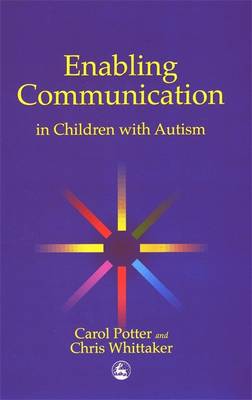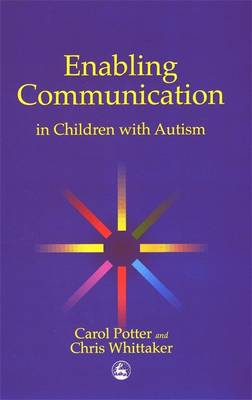
- Retrait gratuit dans votre magasin Club
- 7.000.000 titres dans notre catalogue
- Payer en toute sécurité
- Toujours un magasin près de chez vous
- Retrait gratuit dans votre magasin Club
- 7.000.0000 titres dans notre catalogue
- Payer en toute sécurité
- Toujours un magasin près de chez vous
Enabling Communication in Children with Autism
Carol Potter, Christopher Whittaker
Livre broché | Anglais
32,95 €
+ 65 points
Description
Addressing the complex issue of what constitutes a communication enabling environment for children with autism who use little or no speech, Potter and Whittaker show that the communication of these children can be significantly affected by a range of social and environmental influences. As well as providing an overview of the theoretical issues involved, Enabling Communication in Children with Autism provides detailed practical advice. Key elements of the recommended approach include
* the use of minimal speech * proximal communication * the use of appropriate systems of communication including multipointing * providing many and varied opportunities for communication. Arguing that encouraging spontaneous communication should be viewed as a major educational goal for these children, Potter and Whittaker demonstrate that these children can and do communicate in enabling environments and provide practical, proven strategies for creating such environments.Spécifications
Parties prenantes
- Auteur(s) :
- Editeur:
Contenu
- Nombre de pages :
- 208
- Langue:
- Anglais
Caractéristiques
- EAN:
- 9781853029561
- Date de parution :
- 15-03-01
- Format:
- Livre broché
- Format numérique:
- Trade paperback (VS)
- Dimensions :
- 156 mm x 233 mm
- Poids :
- 317 g

Les avis
Nous publions uniquement les avis qui respectent les conditions requises. Consultez nos conditions pour les avis.






